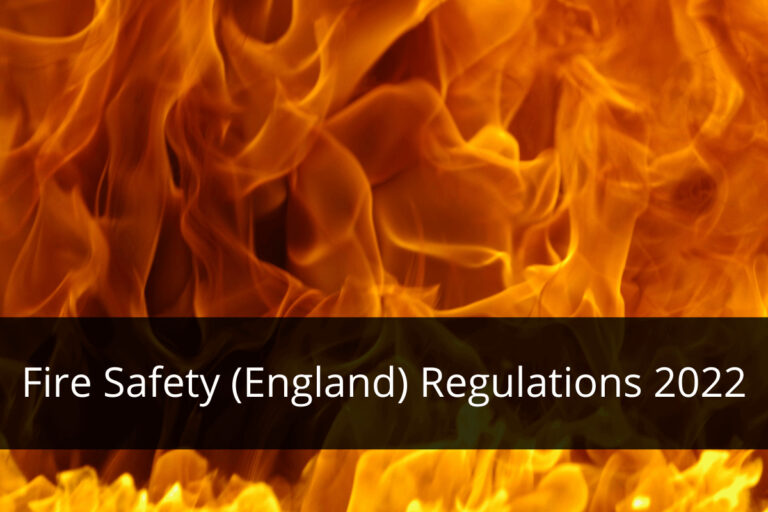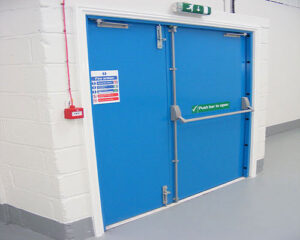Fire Door Services
London
-
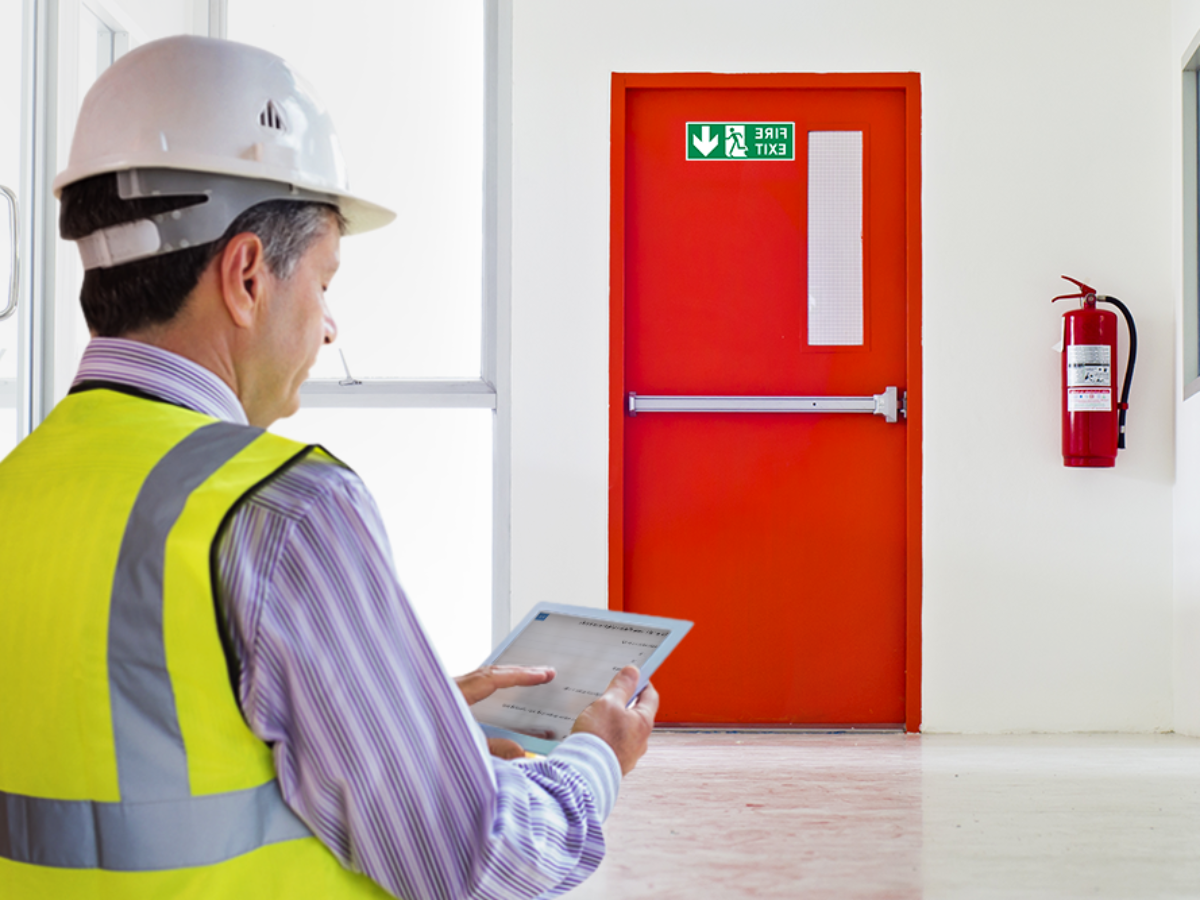 Fire Door InspectionFrom £99Ensure the safety of your building and occupants with our professional fire door inspection service. Our experienced and certified team will thoroughly inspect your fire doors and provide a detailed report, giving you peace of mind and compliance with legal and regulatory requirements
Fire Door InspectionFrom £99Ensure the safety of your building and occupants with our professional fire door inspection service. Our experienced and certified team will thoroughly inspect your fire doors and provide a detailed report, giving you peace of mind and compliance with legal and regulatory requirements -
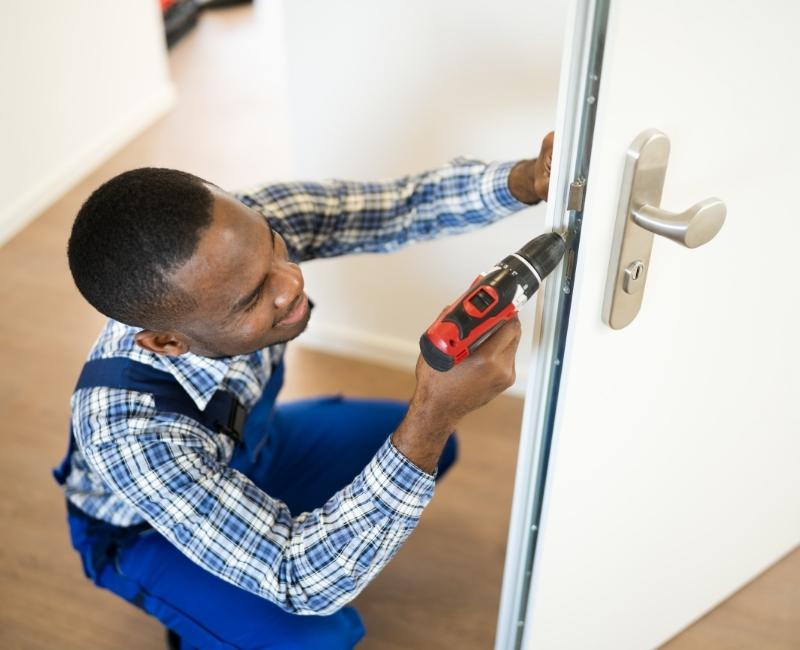 Fire door MaintenanceFrom £90With our fire door maintenance service, you can make sure that both your building and its occupants are safe. Our certified professionals provide thorough inspections, repairs, and maintenance to ensure that your fire doors are functioning properly and meet regulatory requirements.
Fire door MaintenanceFrom £90With our fire door maintenance service, you can make sure that both your building and its occupants are safe. Our certified professionals provide thorough inspections, repairs, and maintenance to ensure that your fire doors are functioning properly and meet regulatory requirements. -
 Fire Door MeasuringFrom £99The safety of your building and its occupants is our top priority, and we offer professional fire door measuring services. Our experienced team uses state-of-the-art tools to accurately measure your fire doors, ensuring they meet regulatory requirements and provide optimal protection in case of a fire.
Fire Door MeasuringFrom £99The safety of your building and its occupants is our top priority, and we offer professional fire door measuring services. Our experienced team uses state-of-the-art tools to accurately measure your fire doors, ensuring they meet regulatory requirements and provide optimal protection in case of a fire. -
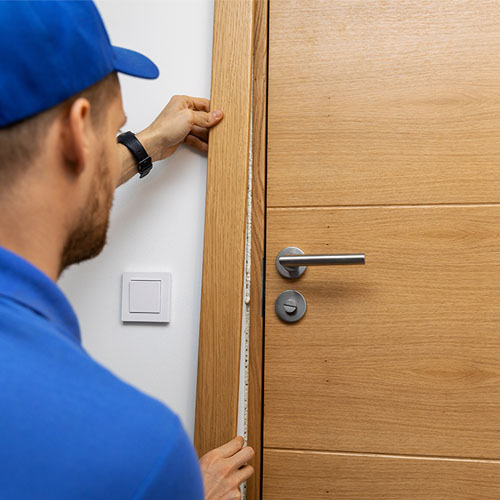 Fire Door InstallationGet a QuoteFire door installation is a crucial aspect of building safety. Our professional fire door installation service ensures that your property is protected from fire and smoke, keeping your occupants and assets safe. Trust us for expert installation and peace of mind.
Fire Door InstallationGet a QuoteFire door installation is a crucial aspect of building safety. Our professional fire door installation service ensures that your property is protected from fire and smoke, keeping your occupants and assets safe. Trust us for expert installation and peace of mind.
Fire Door Services
London
-
 InspectionFrom £99Fire Door Inspection
InspectionFrom £99Fire Door InspectionEnsure the safety of your building and occupants with our professional fire door inspection service. Our experienced and certified team will thoroughly inspect your fire doors and provide a detailed report, giving you peace of mind and compliance with legal and regulatory requirements
-
 MaintenanceFrom £90Fire Door Maintenance
MaintenanceFrom £90Fire Door MaintenanceWith our fire door maintenance service, you can make sure that both your building and its occupants are safe. Our certified professionals provide thorough inspections, repairs, and maintenance to ensure that your fire doors are functioning properly and meet regulatory requirements.
-
 MeasuringFrom £99Fire Door Measuring
MeasuringFrom £99Fire Door MeasuringThe safety of your building and its occupants is our top priority, and we offer professional fire door measuring services. Our experienced team uses state-of-the-art tools to accurately measure your fire doors, ensuring they meet regulatory requirements and provide optimal protection in case of a fire.
-
 InstallationGet a QuoteFire door installation is a crucial aspect of building safety. Our professional fire door installation service ensures that your property is protected from fire and smoke, keeping your occupants and assets safe. Trust us for expert installation and peace of mind.
InstallationGet a QuoteFire door installation is a crucial aspect of building safety. Our professional fire door installation service ensures that your property is protected from fire and smoke, keeping your occupants and assets safe. Trust us for expert installation and peace of mind.
Have a look to some of our works

The Fire doors were fitted on time and to a very high standard by an experienced fitter.
John Doe

The Fire doors were fitted on time and to a very high standard by an experienced fitter.
John Doe
Customer reviews
Why Fire Door Inspections are Important

Fire doors are a critical component of a building’s fire safety system. They help to prevent the spread of fire, smoke and toxic gases, giving occupants enough time to evacuate the building safely. That’s why it’s essential to ensure that fire doors are in good working order and are inspected regularly.
According to the latest legislation in the UK, all commercial buildings are required to have regular fire door inspections to ensure that they are still in compliance with all fire safety regulations. The frequency of inspection will vary depending on the type of building, but it’s typically once a year for most buildings.
Why Fire Door Inspections are Important

Fire doors are crucial for building safety as they prevent the spread of fire, smoke, and toxic gases, giving occupants time to evacuate. UK legislation mandates regular fire door inspections for all commercial buildings, with inspection frequency varying depending on the building type, usually once a year.
Who is responsible fire door inspection in the UK?
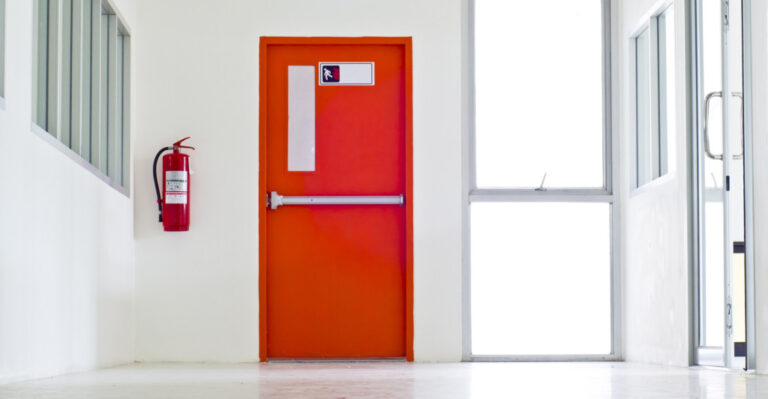
The responsibility for fire door inspections falls on the building owner or manager. They are responsible for ensuring that all fire doors are in good working order and that they are inspected regularly. If the building is leased, the tenant may also be responsible for fire door inspections, depending on the terms of the lease agreement.
It’s important to note that if the building owner or manager fails to have regular fire door inspections, they could face legal consequences, such as fines or even criminal charges in the event of a fire.
Who is responsible fire door inspection in the UK?

Our Fire Door Inspection Services

At our company, we offer comprehensive fire door inspection services to help building owners and managers ensure that their fire doors are in good working order and are in compliance with all fire safety regulations. Our team of experienced technicians will perform a thorough inspection of all fire doors in the building, checking for any signs of wear and tear, damage, or other issues that could affect their performance.
If any issues are found, we will provide a detailed report, including recommended repairs or replacements, to help the building owner or manager get the fire doors back in compliance as quickly as possible
Our Fire Door Inspection Services

Why Choose Us for Your Fire Door Inspections
When it comes to fire door inspection, it’s important to choose a company that has the expertise and experience to ensure your safety. That’s why you should choose us.
Our team of certified inspectors have been trained to identify potential hazards and ensure that your fire doors are in compliance with all state and local codes.We use the latest technology to conduct thorough inspections and provide detailed reports that clearly outline any issues and recommended solutions.
Why Choose Us for Your Fire Door Inspections
When it comes to fire door inspection, it’s important to choose a company that has the expertise and experience to ensure your safety. That’s why you should choose us.
Our team of certified inspectors have been trained to identify potential hazards and ensure that your fire doors are in compliance with all state and local codes.We use the latest technology to conduct thorough inspections and provide detailed reports that clearly outline any issues and recommended solutions.
What do we check in a fire door inspection?
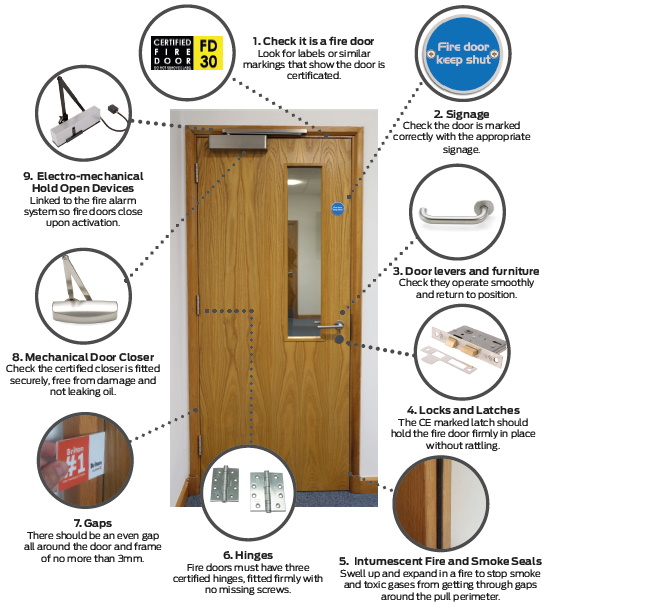
There are several things that should be checked during a fire door inspection. A non-destructive and non-intrusive survey comprising:
What do we check in a fire door inspection?

There are several things that should be checked during a fire door inspection. A non-destructive and non-intrusive survey comprising:
Check our reviews on Checkatrade and Google
Unlock the true value of our services with our affordable pricing options!
| Item | Price |
|---|---|
| 1-5 Doors | £99 |
| 5-10 Doors | 199 |
| Aditional Door | £17/hour |
| Fire Door Maintenance | Request a quote |
| Item | Price |
|---|---|
| External Fire Doors | Request a quote |
| Glazed Fire Doors | Request a quote |
| Fire Rated Door Finishes | Request a quote |
| Item | Price |
|---|---|
| 1-5 Doors | £99 |
| 5-10 Doors | 199 |
| Aditional Door | £17/hour |
| Fire Door Maintenance | Request a quote |
Our Trusted Clients
Frequently asked questions:
Our 30 minute fire doors (FD30) are 44mm thick
Our 60 minute fire doors (FD60) are 54mm thick
The amount that can be removed from the edges of a fire door differs from one door to the next and depends on several factors, including the exact materials used during construction and guidelines from the fire rating certificate. Accurate trimming information can only be provided by the manufacturer on a case-by-case basis after the door has been completed.
There are no set rules that detail how long a fire door lasts before it needs to be replaced. The condition of the door should be monitored and checked at least every 6 months to ensure it is in good working order. Fire doors should comply with the latest fire door regulations and so it is important to keep up to date with any changes in regulations which may mean your doors are no longer fit for purpose.
All our fire doors satisfy the DDA regulations.
In order to calculate the weight of a fire door you will need to know the weight per square meter (kg/m2) of the doors core. This is determined using the thickness of the door as follows: 44mm = 55kg 54mm = 75kg The calculation below can be used to determine the approximate weight of the fire door. Please note that the calculation does not take glass weight into account. Width X height X thickness X kg/m2 of the door’s core = Weight of fire door. For example for a door that was 926x2040mm with a thickness of 44mm the following calculation would give an approximate weight: 0.926 X 2.040 X 0.44 X 55 = 45 KG.



















